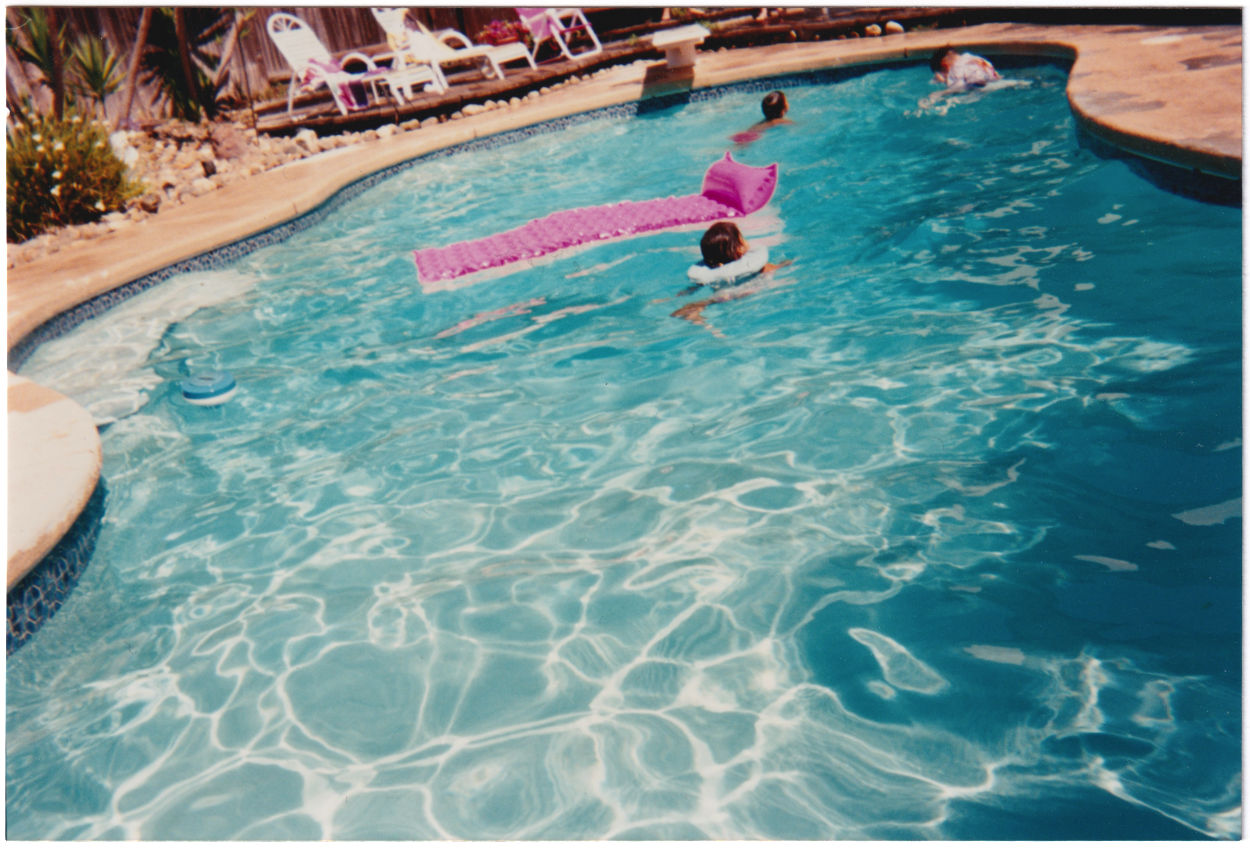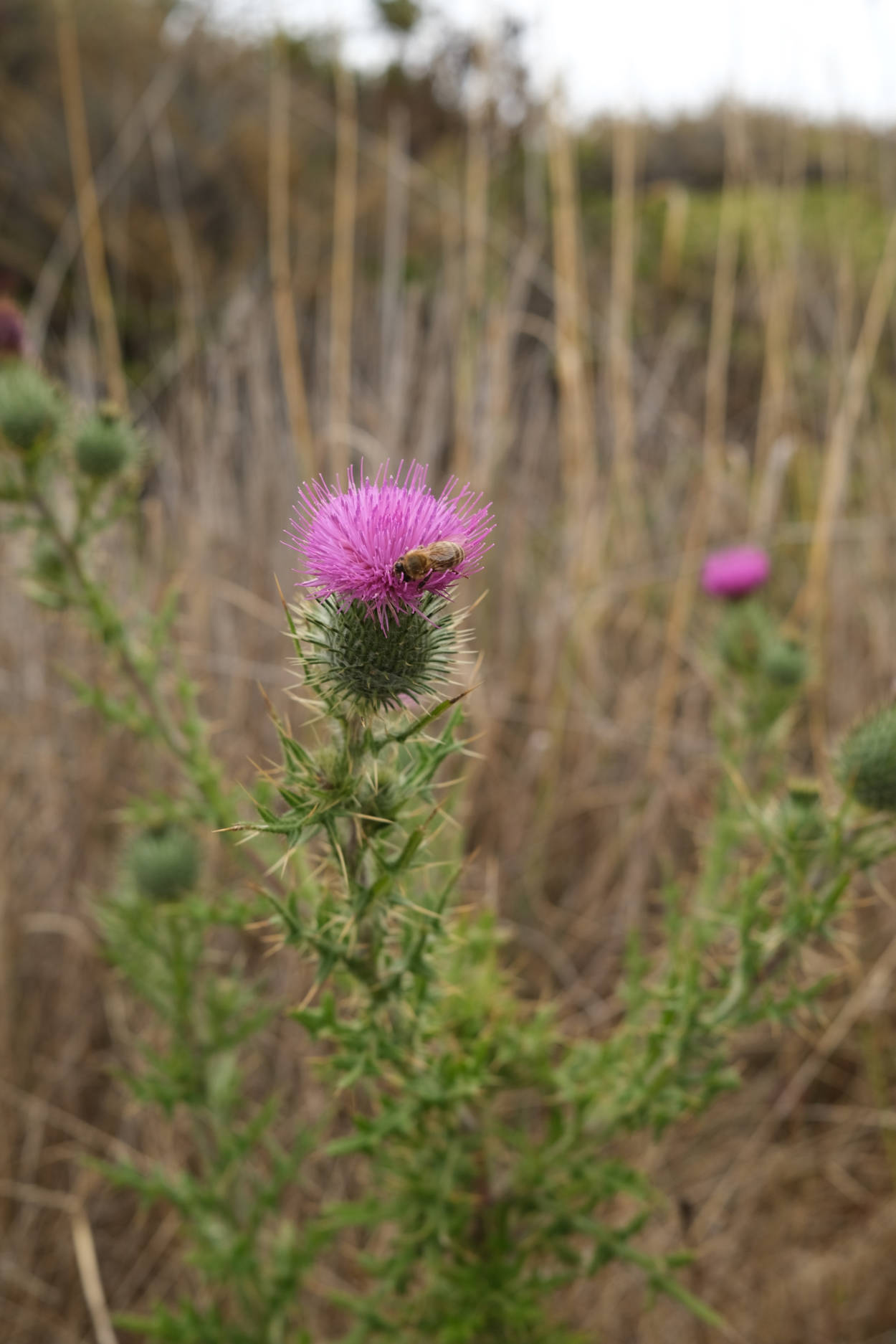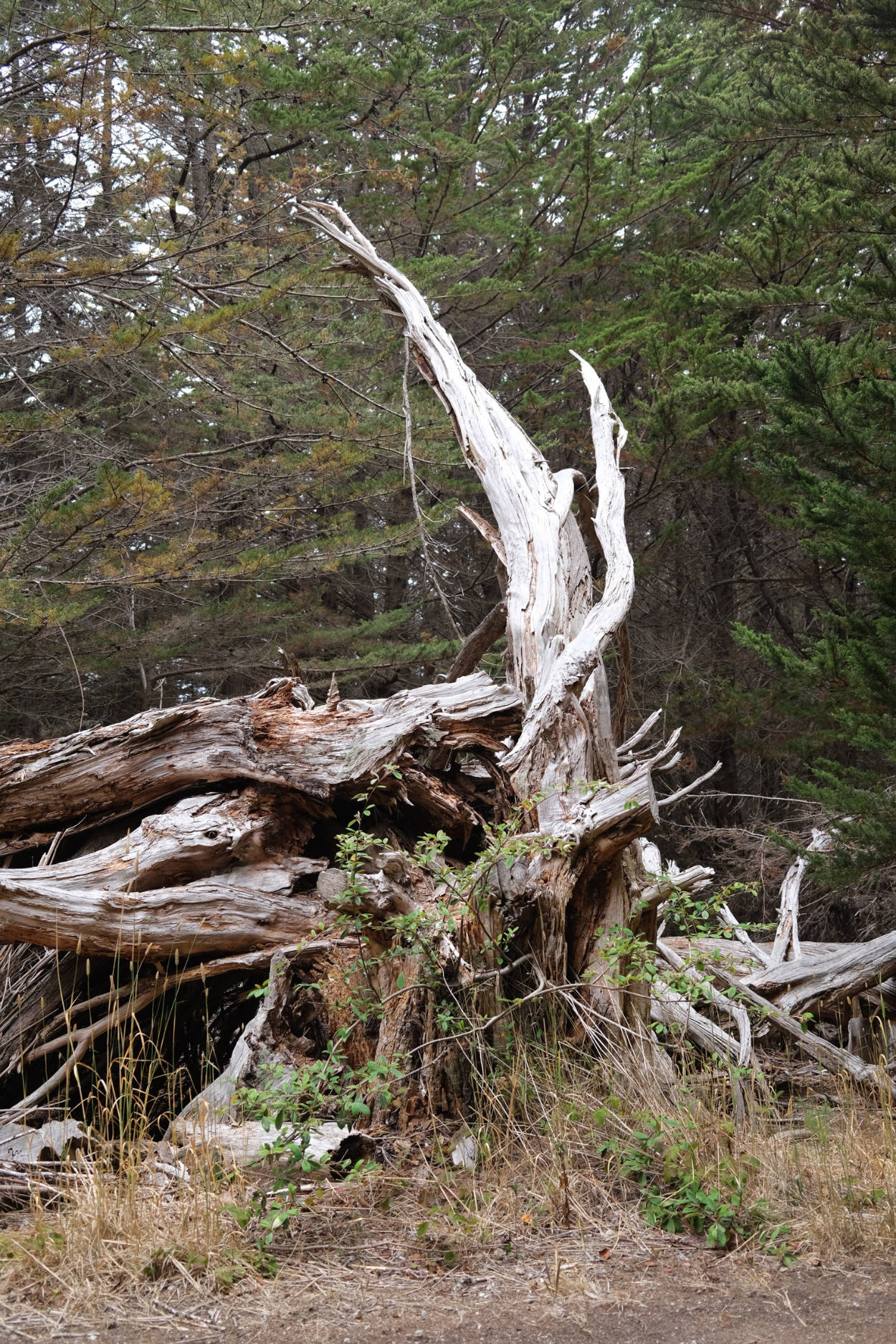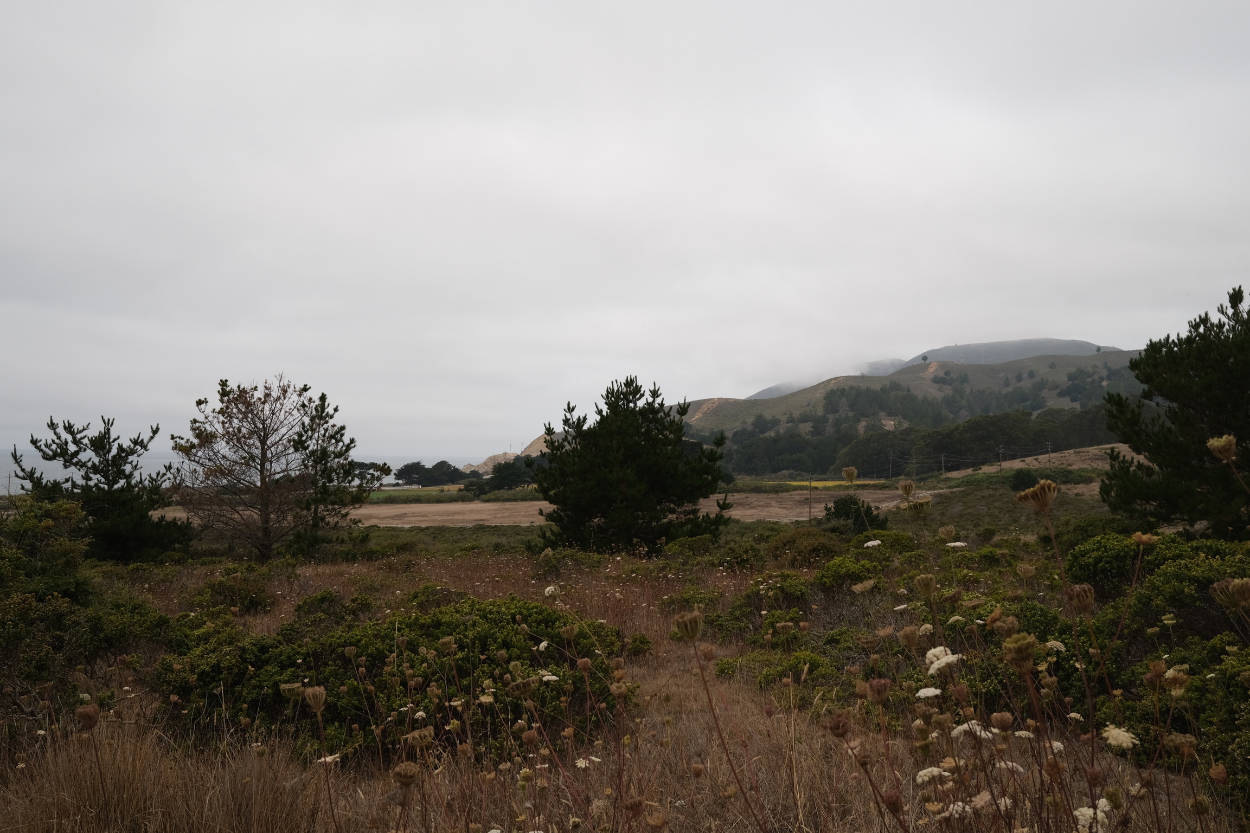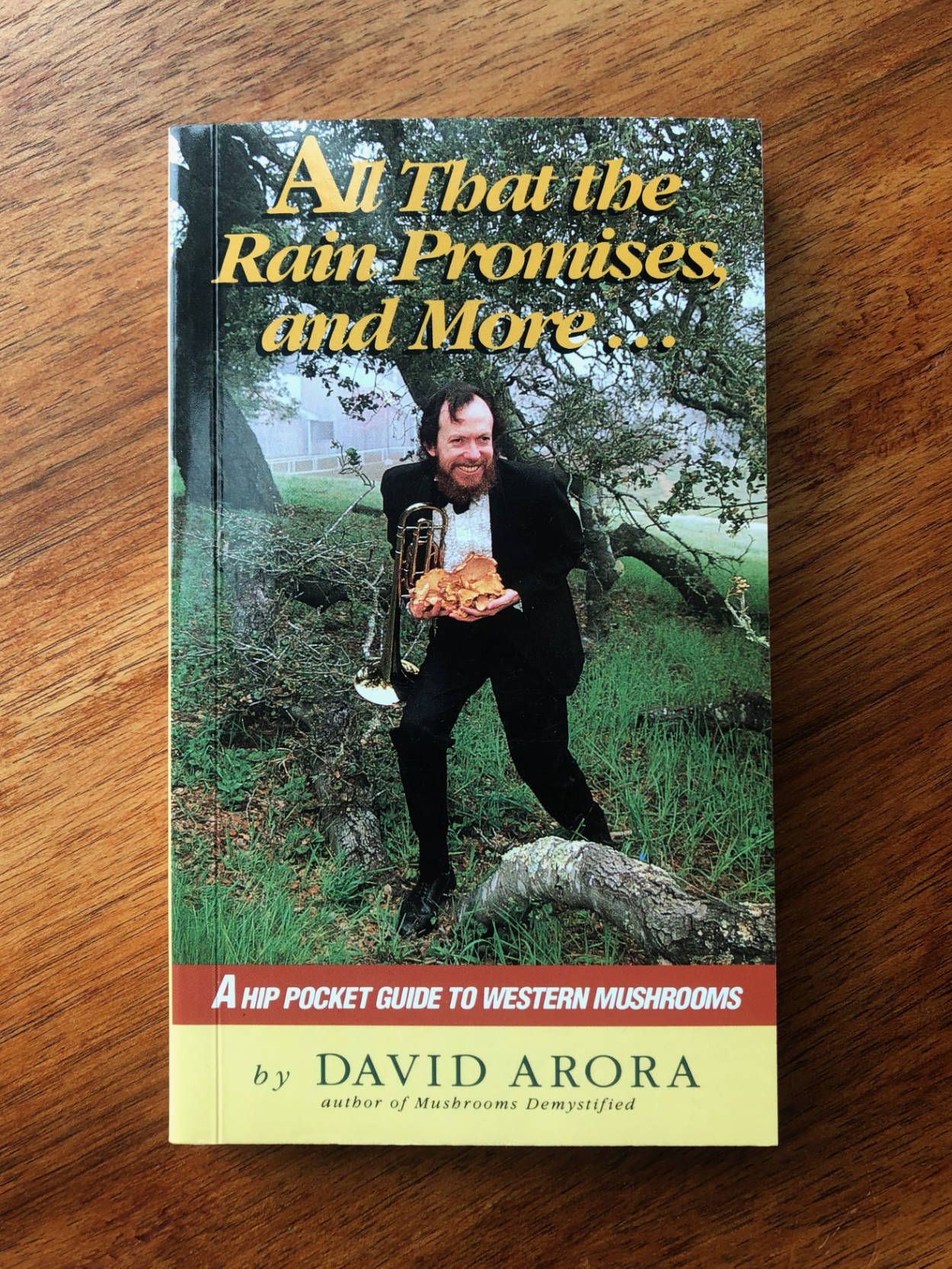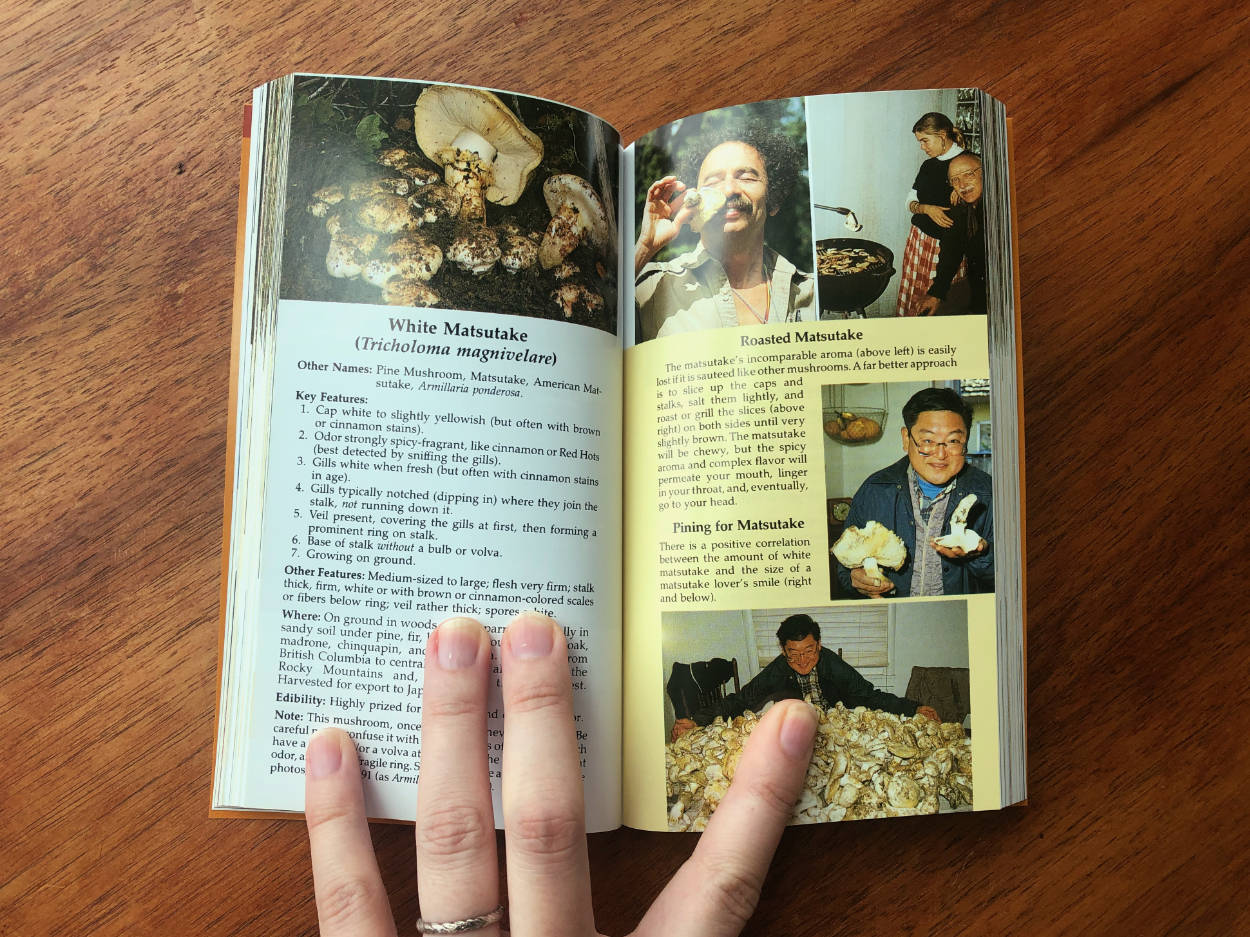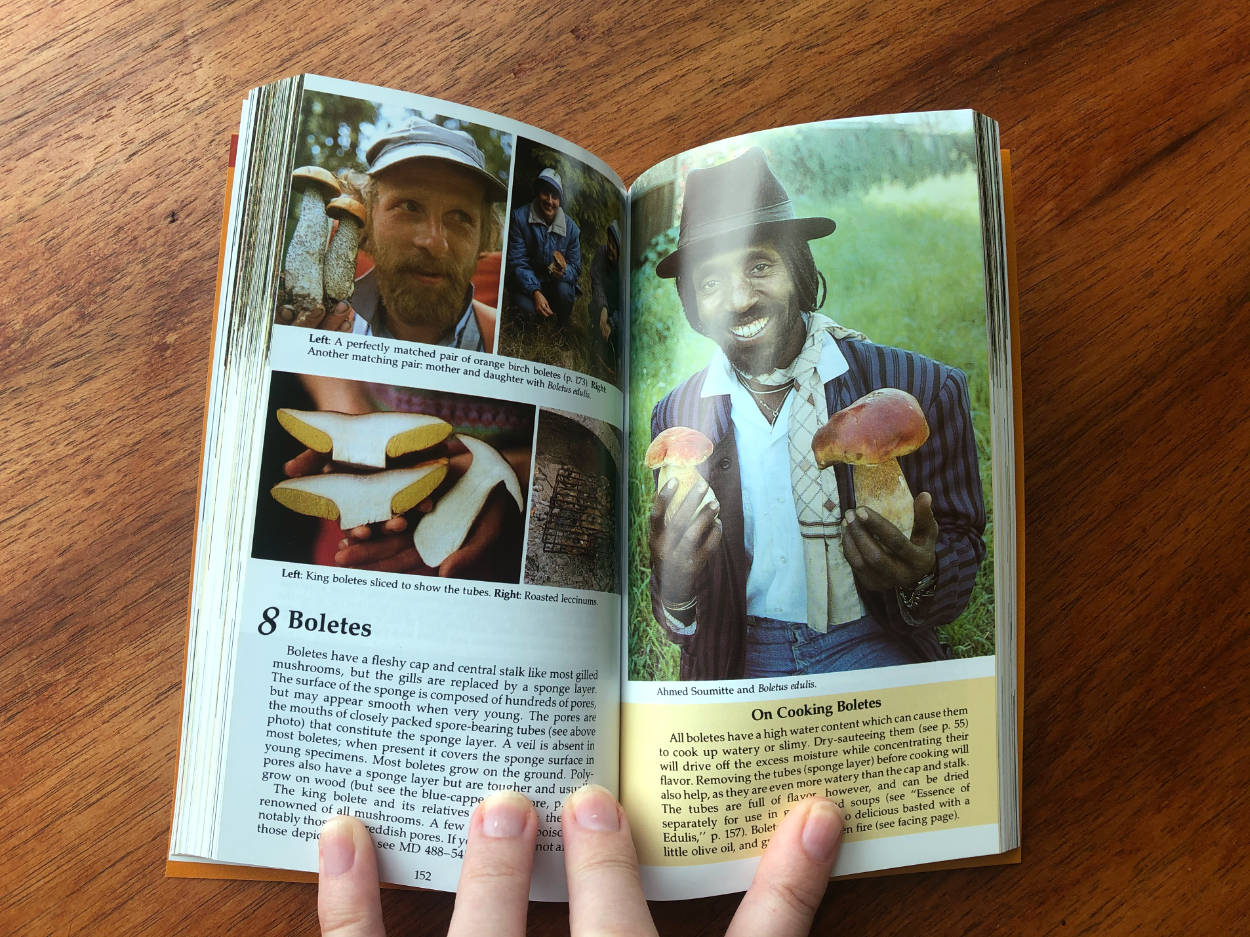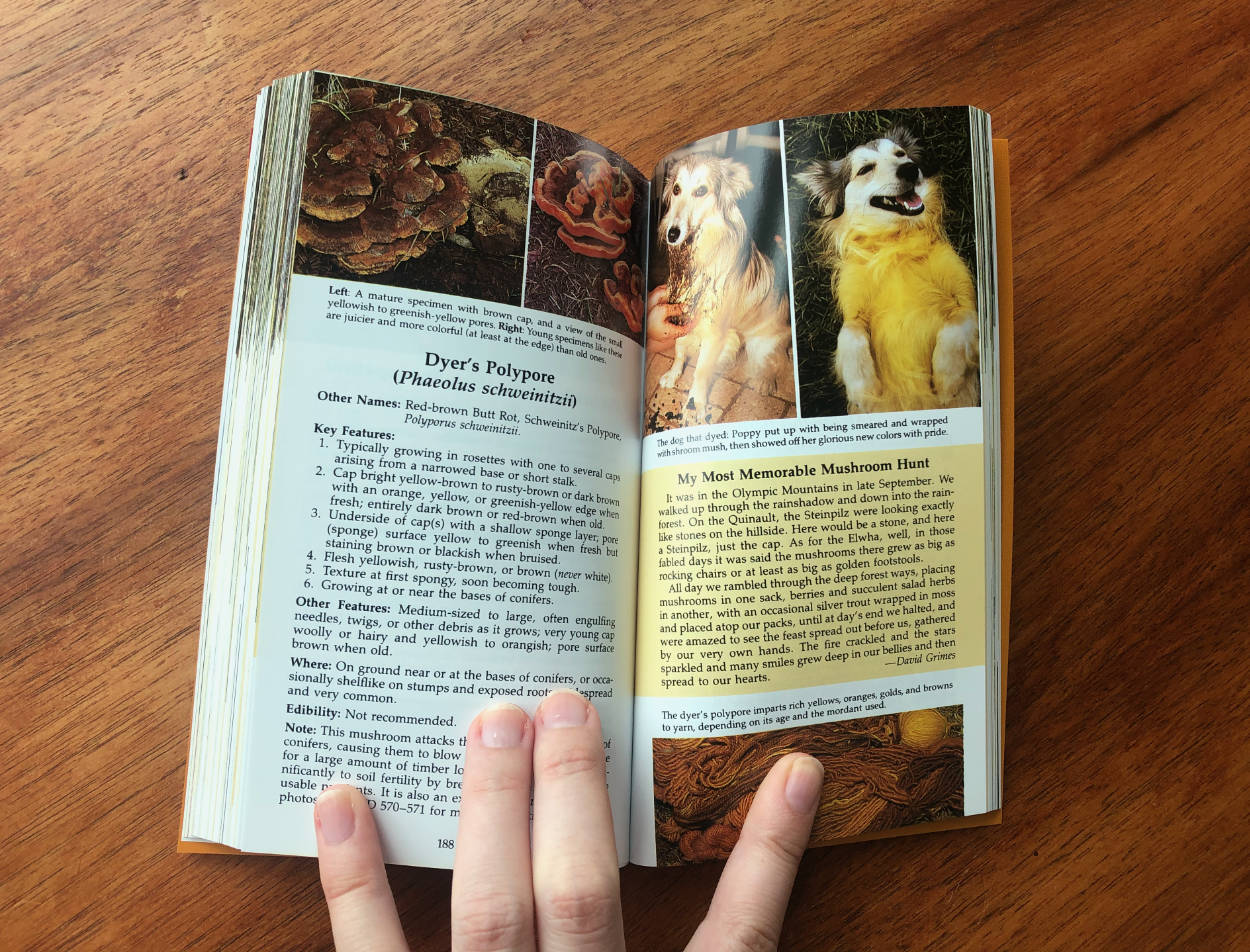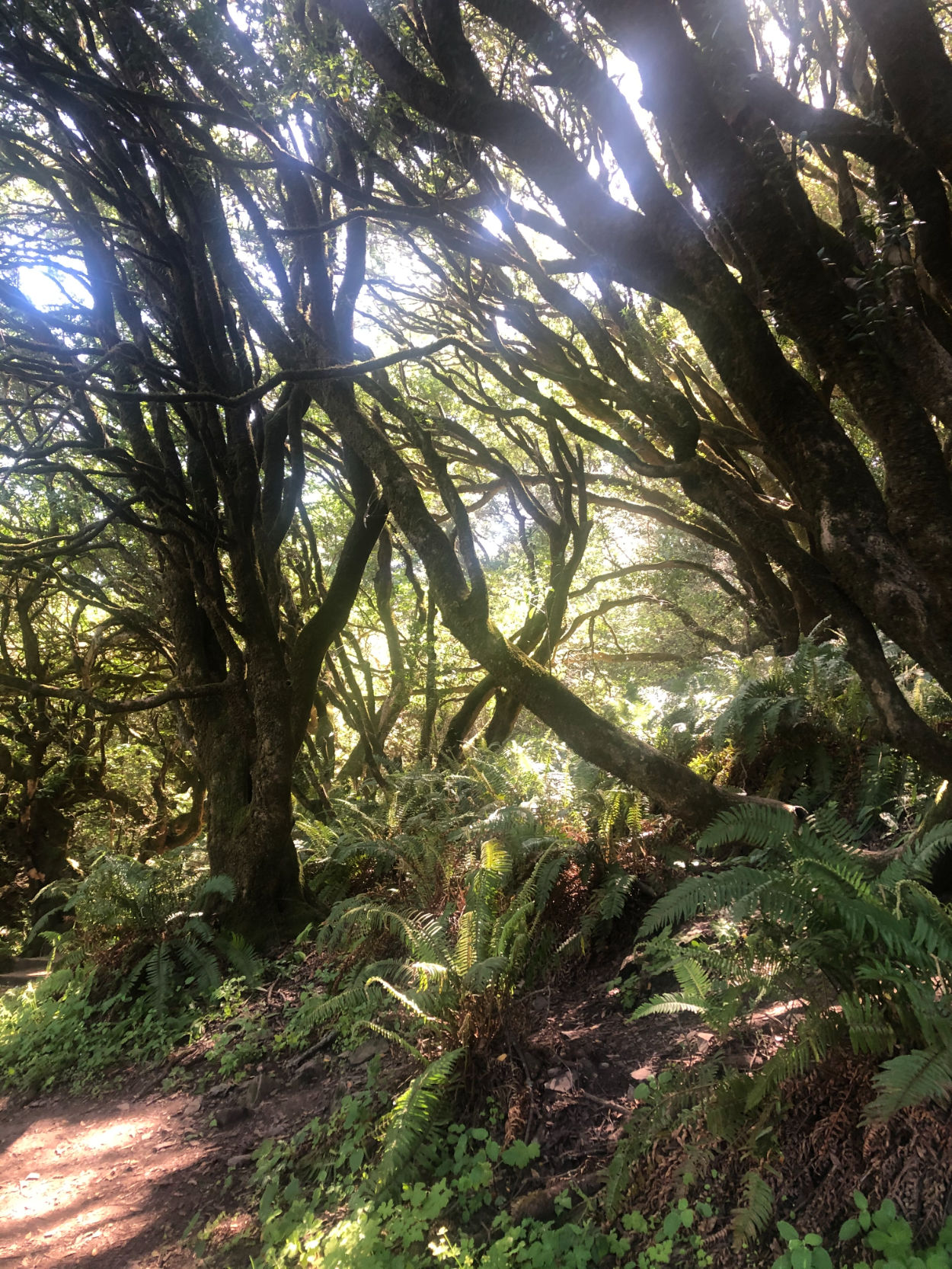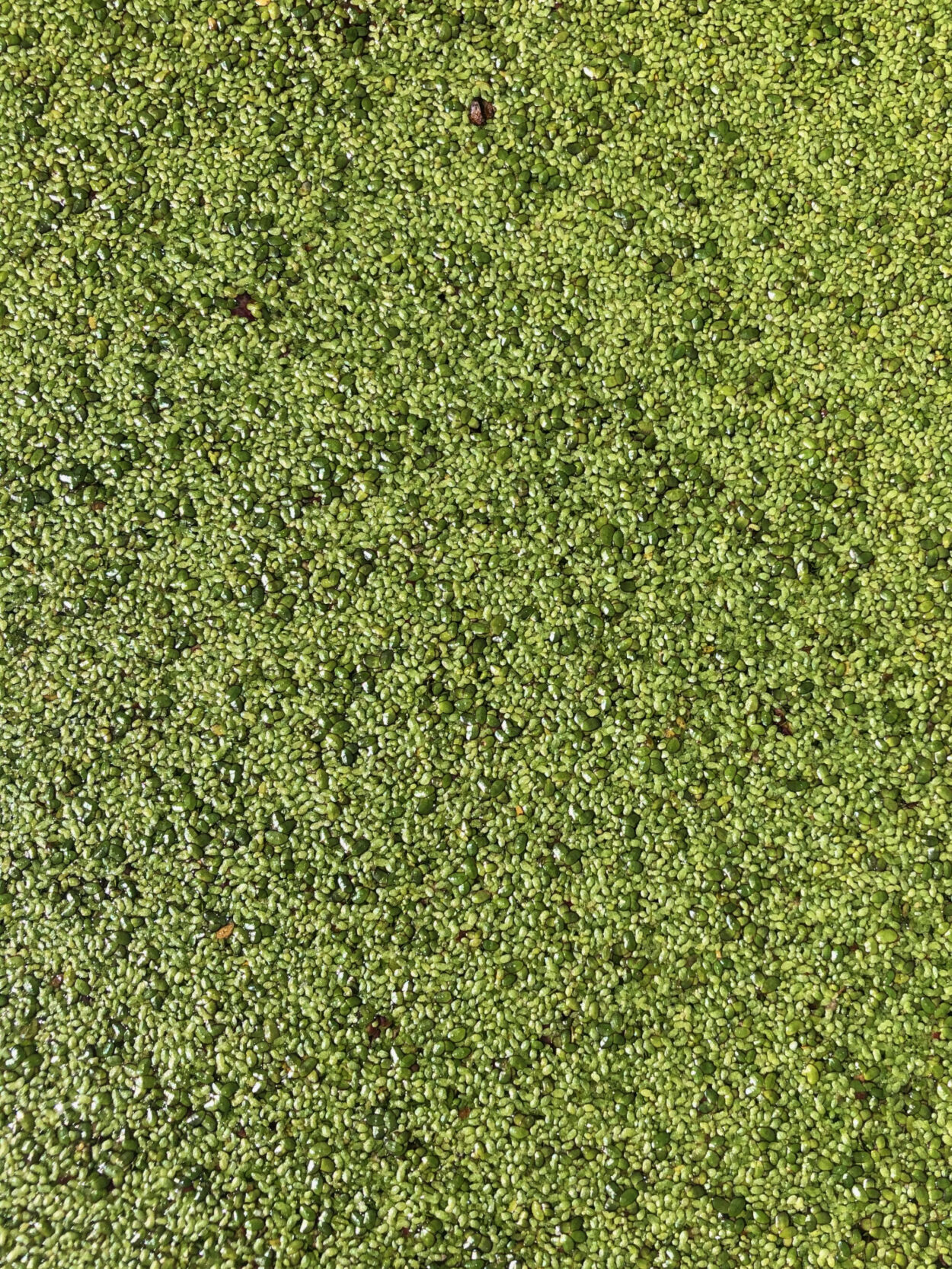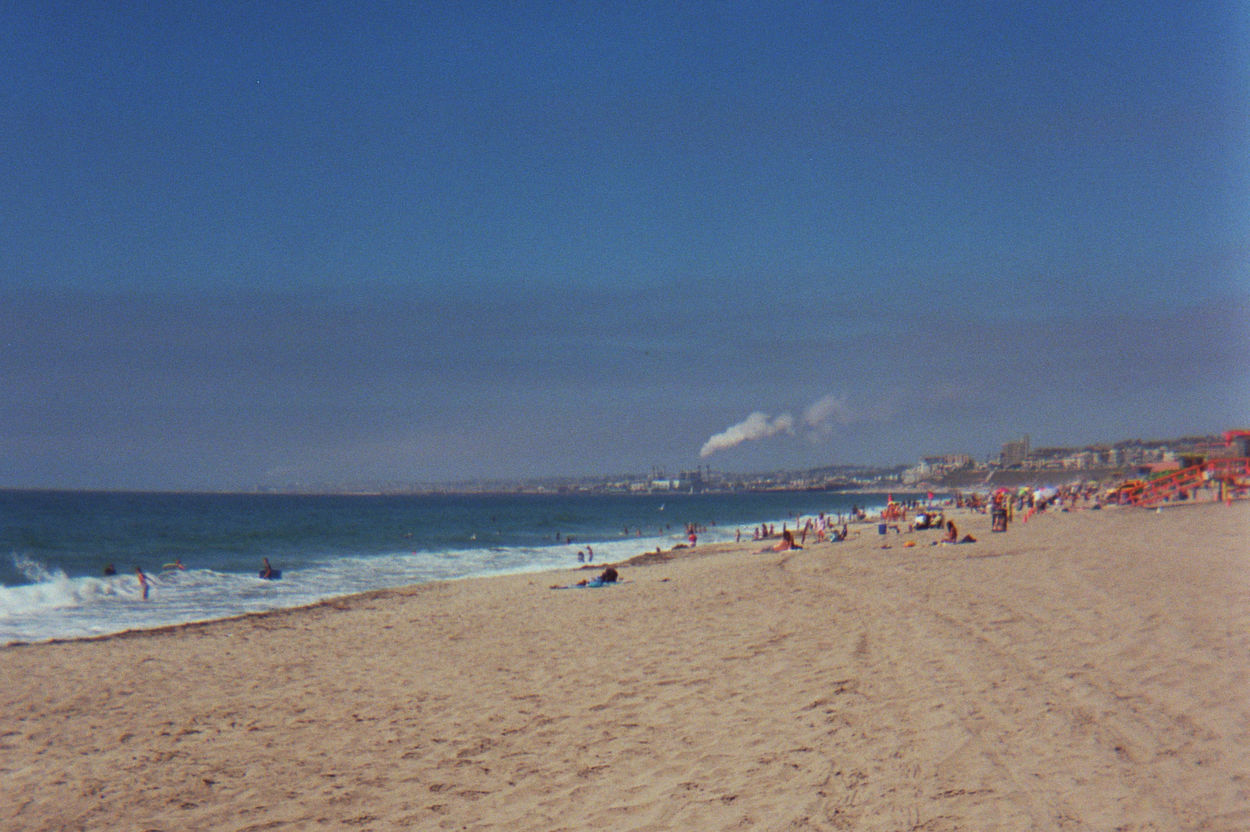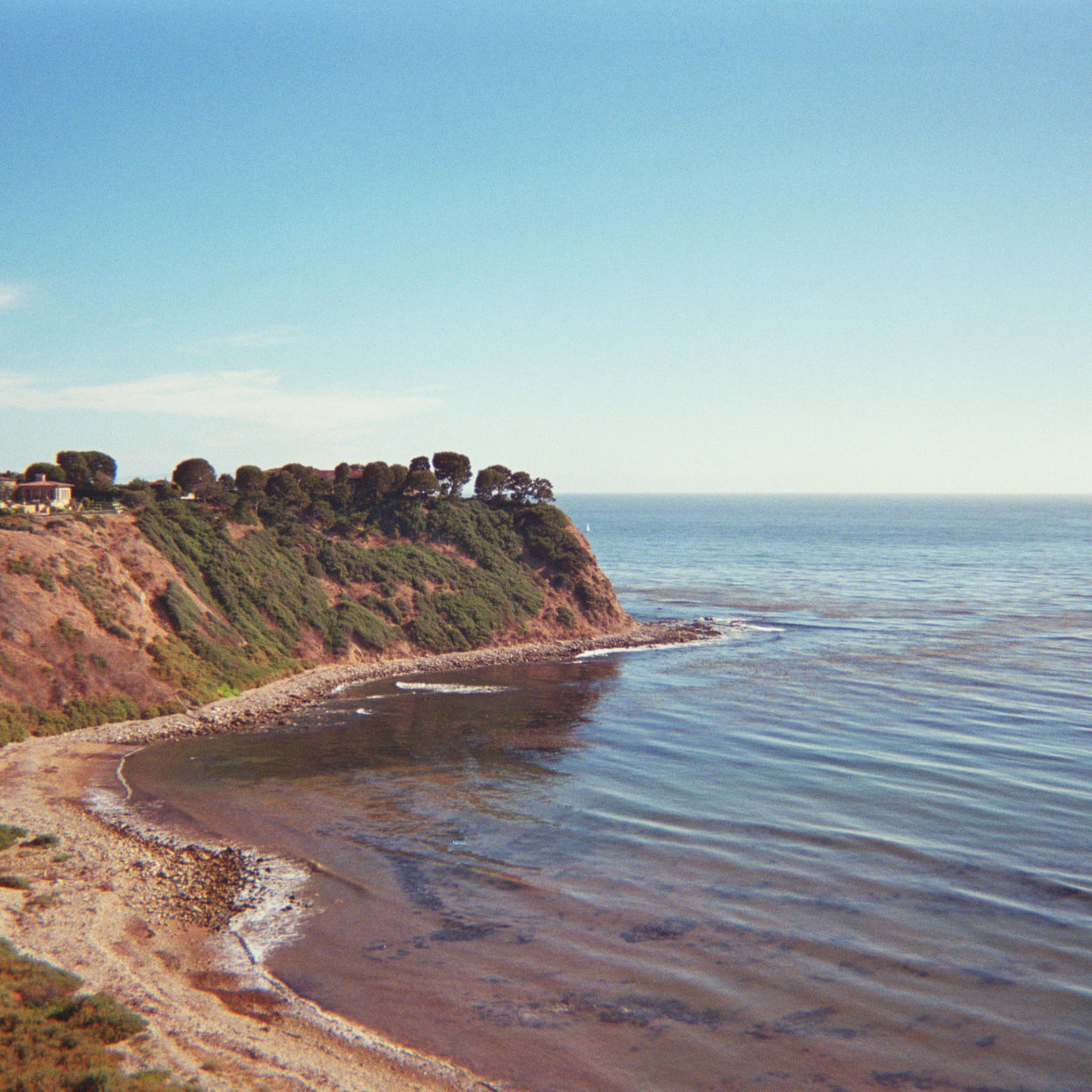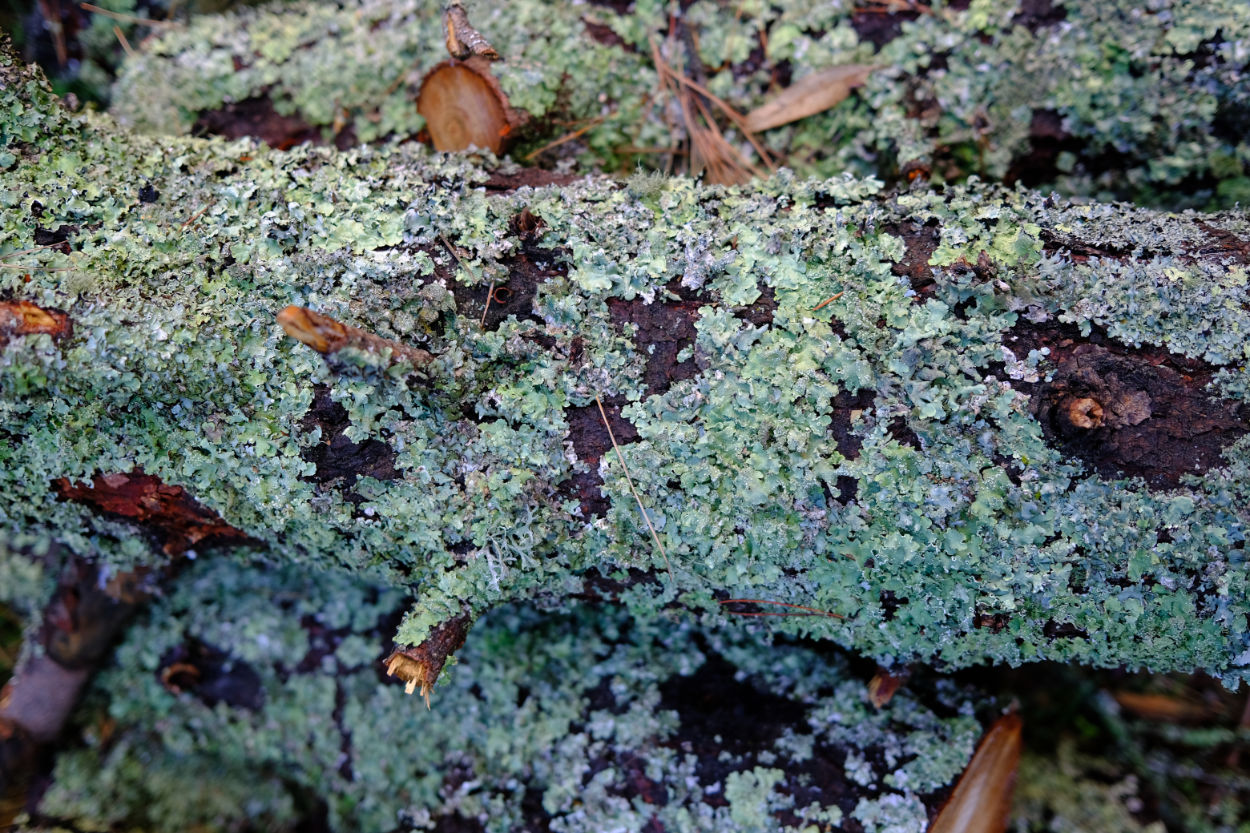Published
Team retreat at the Eames Archives and Ranch
Last week, the Eames Institute Digital Product team got together at the newly-opened Eames Archives in Richmond, CA and the currently-under-renovation Ranch in Petaluma, CA. Llisa Demetrios – one of the Eames grandchildren, a founder of the Eames Institute, and our Chief Curator – gave DP a private tour of the Archives, and we walked from one end of the Ranch to the other guided by Farm Manager David Evershed, Director of Ranch Operations Benjamin Godfrey, and VIP (Very Important Puppy) Tipsy. Incredible to explore and meet them + so many other EI folks IRL.
I won’t share pics of the Archives since my photos either have people in (I don’t like sharing faces without permission) or are basically low-qual versions of the much better photos you can find on the website. And I won’t share much about what DP got up to discussion-wise, hoping to share our progress in a different format elsewhere soon.
But here are a few snaps of the Ranch as well as some of my favorite tidbits + moments.
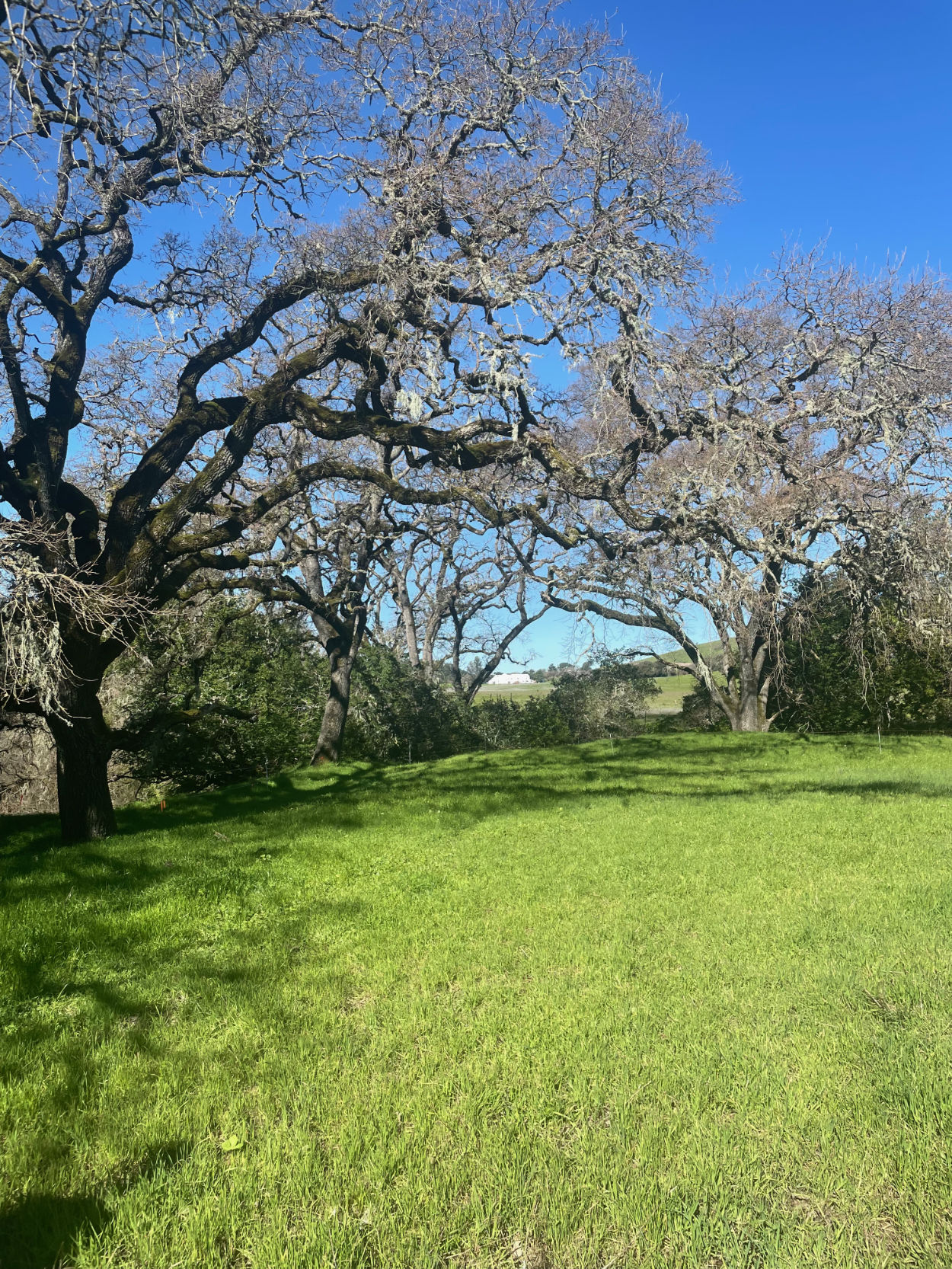
Looking west to the Turnbull barn at the Eames Ranch in Petaluma, CA
